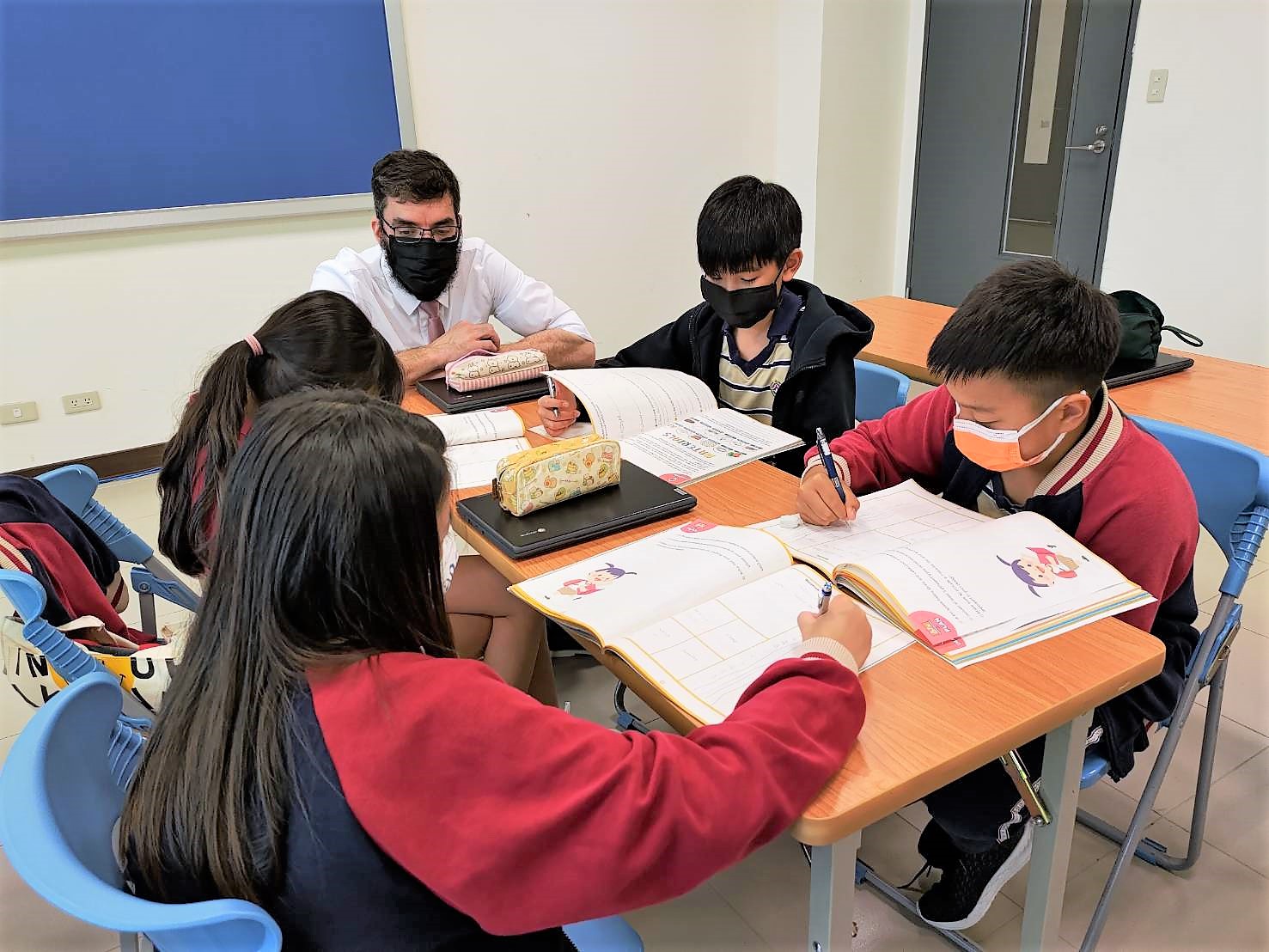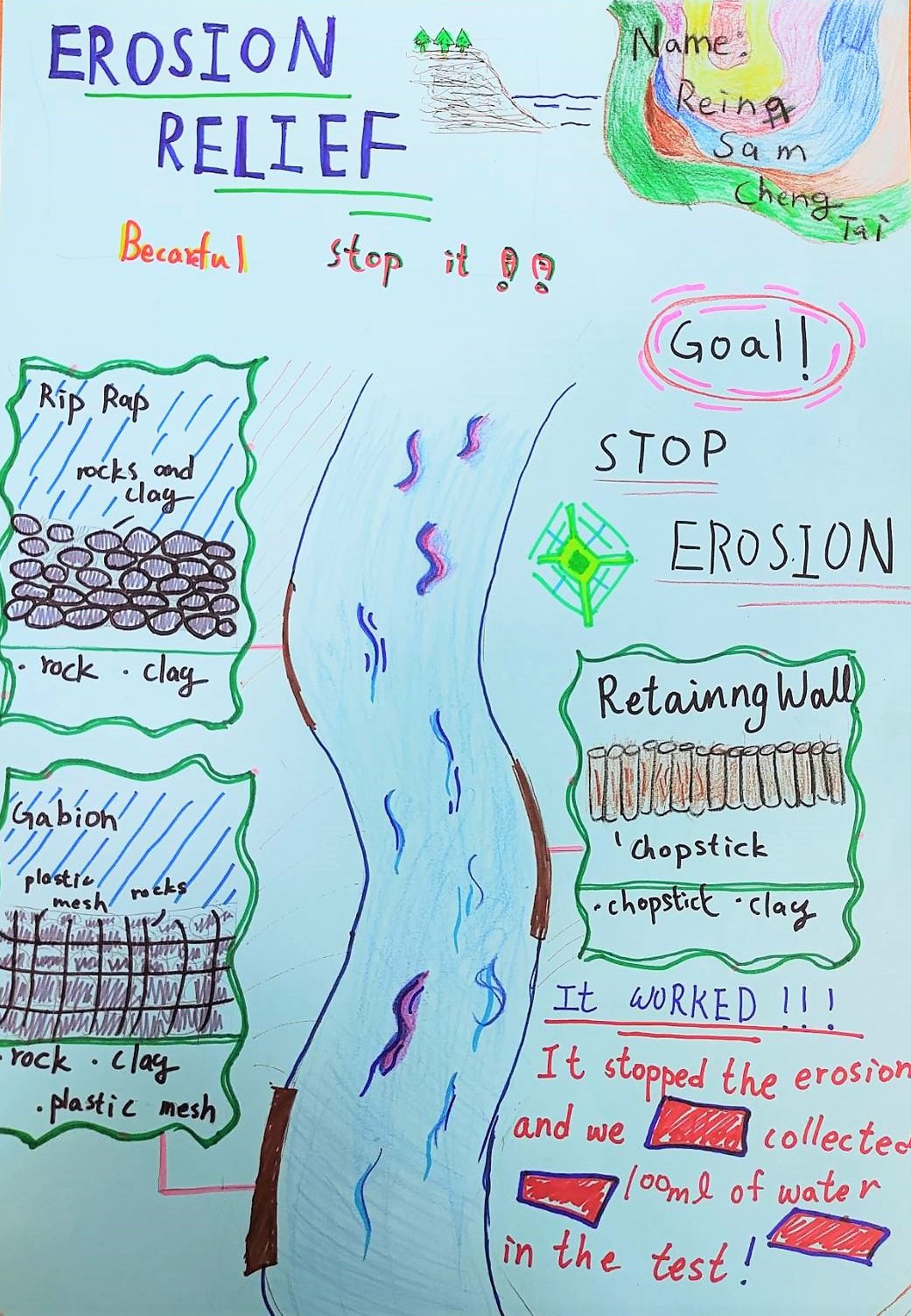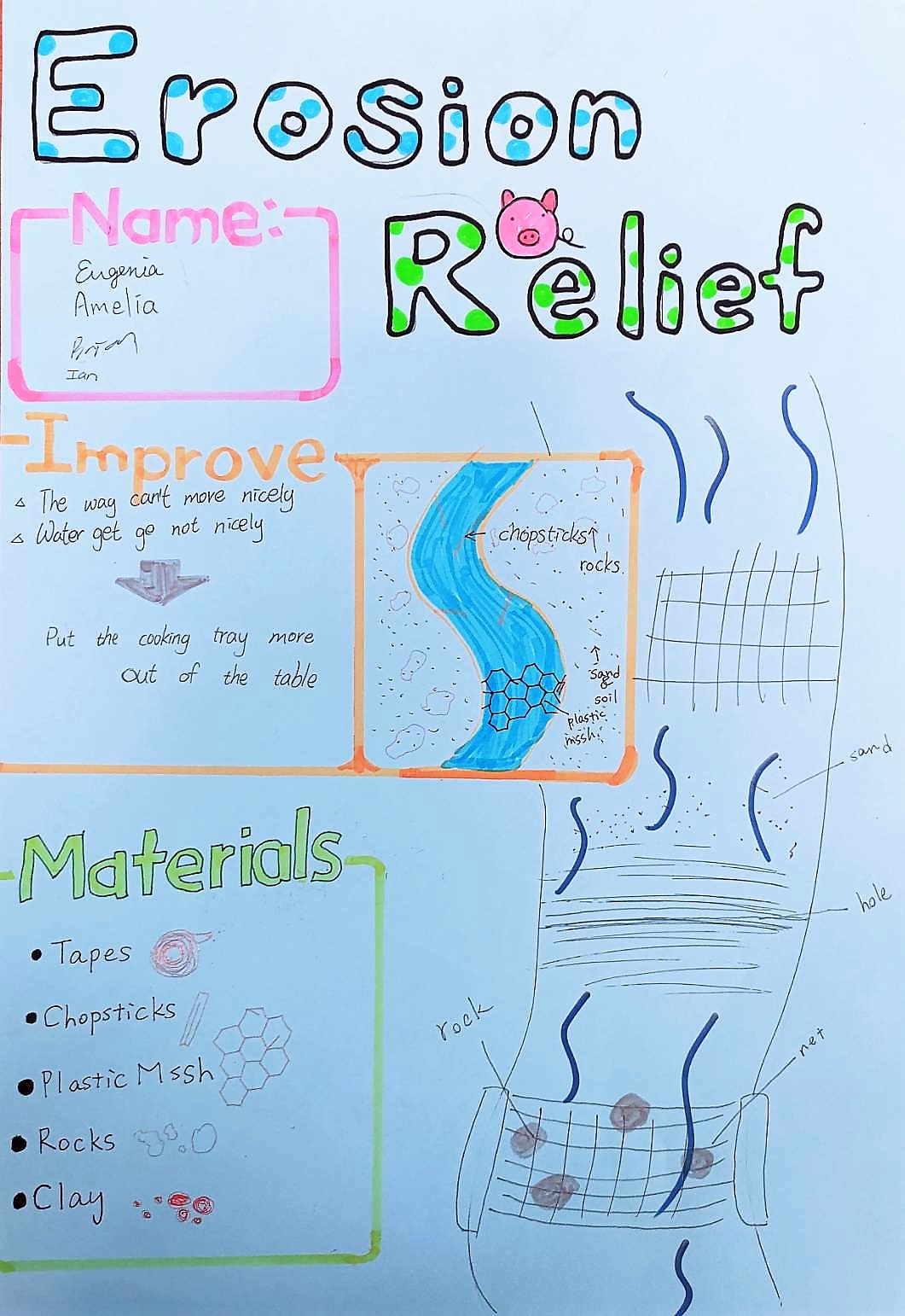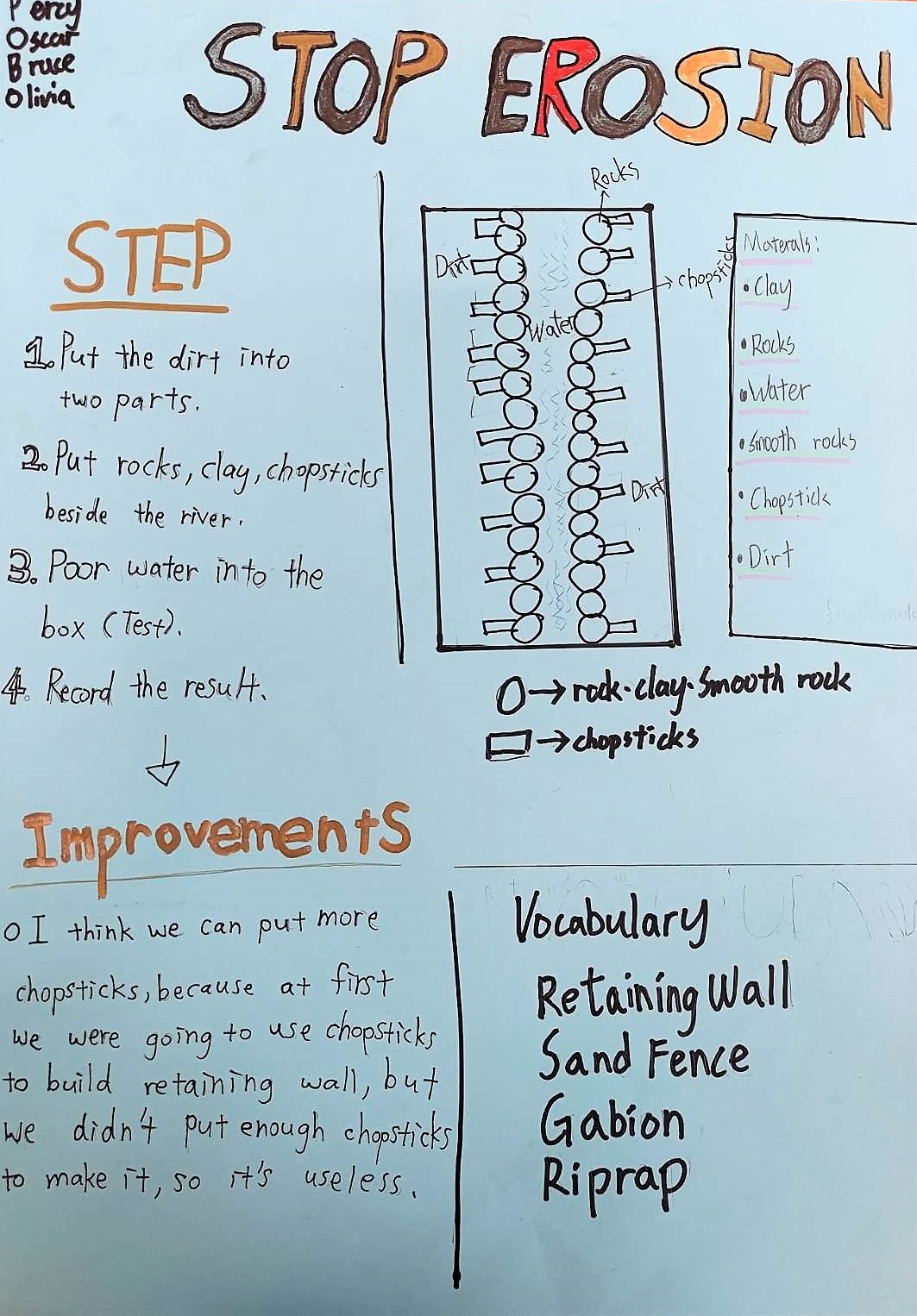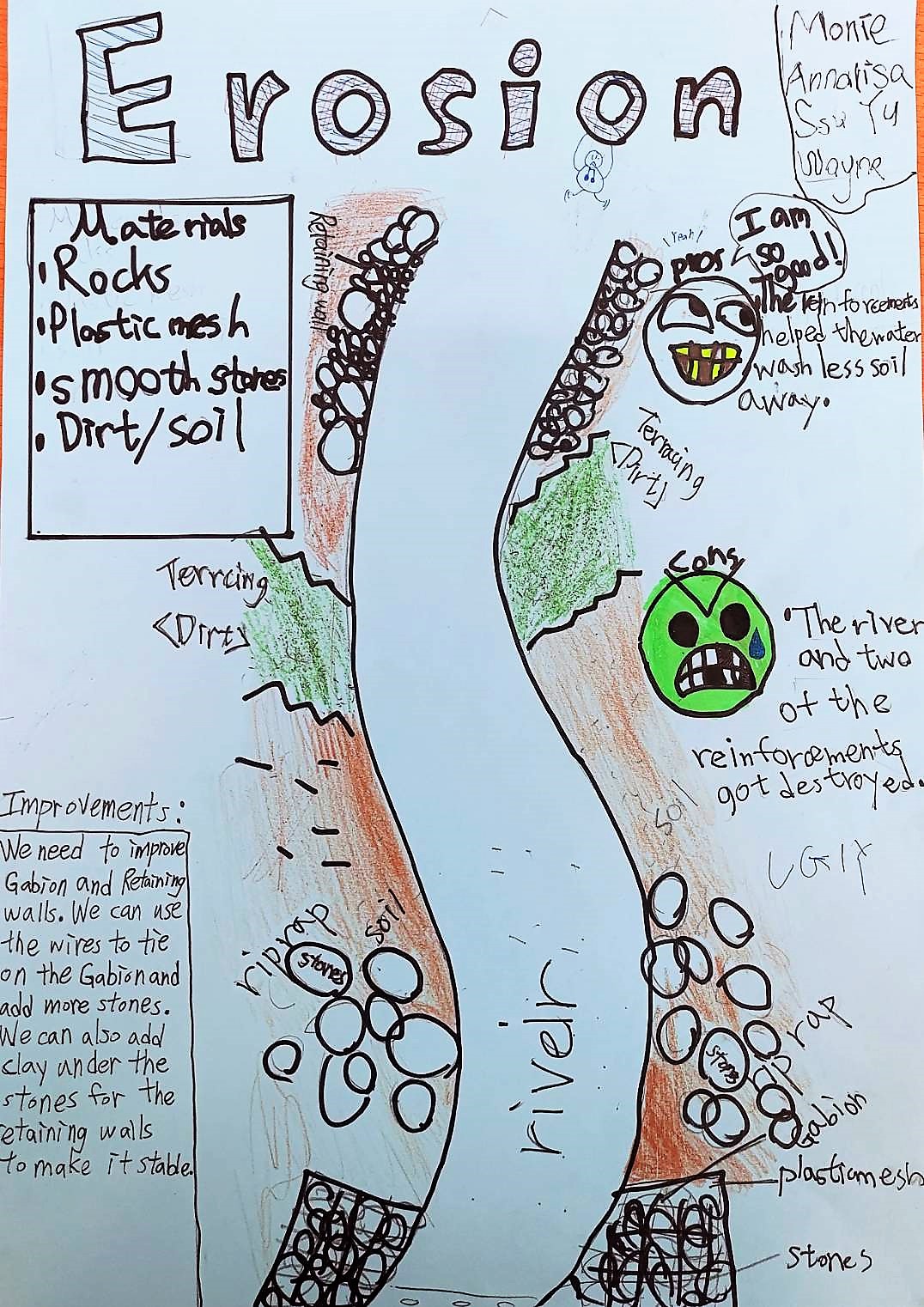

English Teacher Adriaan Louw

What do you mean, “The school fell over?” The school is a building; it can’t fall over! Wait… WHAT?! WHERE DID IT GO?
For the midterm project, grade 6 students studied weathering, erosion, and sedimentation. These concepts underpin problems that many places in the world face, especially Taiwan. With ever growing population pressure, extreme weather and natural events, and ocean on all sides, Taiwan suffers from very high levels or weathering and erosion. Even popular tourist attractions, like the Queen’s Head, are a direct result of this issue.
For the midterm project, grade 6 students studied weathering, erosion, and sedimentation. These concepts underpin problems that many places in the world face, especially Taiwan. With ever growing population pressure, extreme weather and natural events, and ocean on all sides, Taiwan suffers from very high levels or weathering and erosion. Even popular tourist attractions, like the Queen’s Head, are a direct result of this issue.
To get students going, they had to be introduced to the main concepts of weathering, erosion, and sedimentation, as well as what causes and governs these processes.
Classes then investigated Kang Chiao campuses around Taiwan. As many of them are built in areas prone to erosion, and therefore in danger of literally falling over, students got the chance to try to identify ways in which the schools were being protected. This gave them a practical lead in for asking “How could we protect at risk soil, like that in a riverbank, from eroding away?”
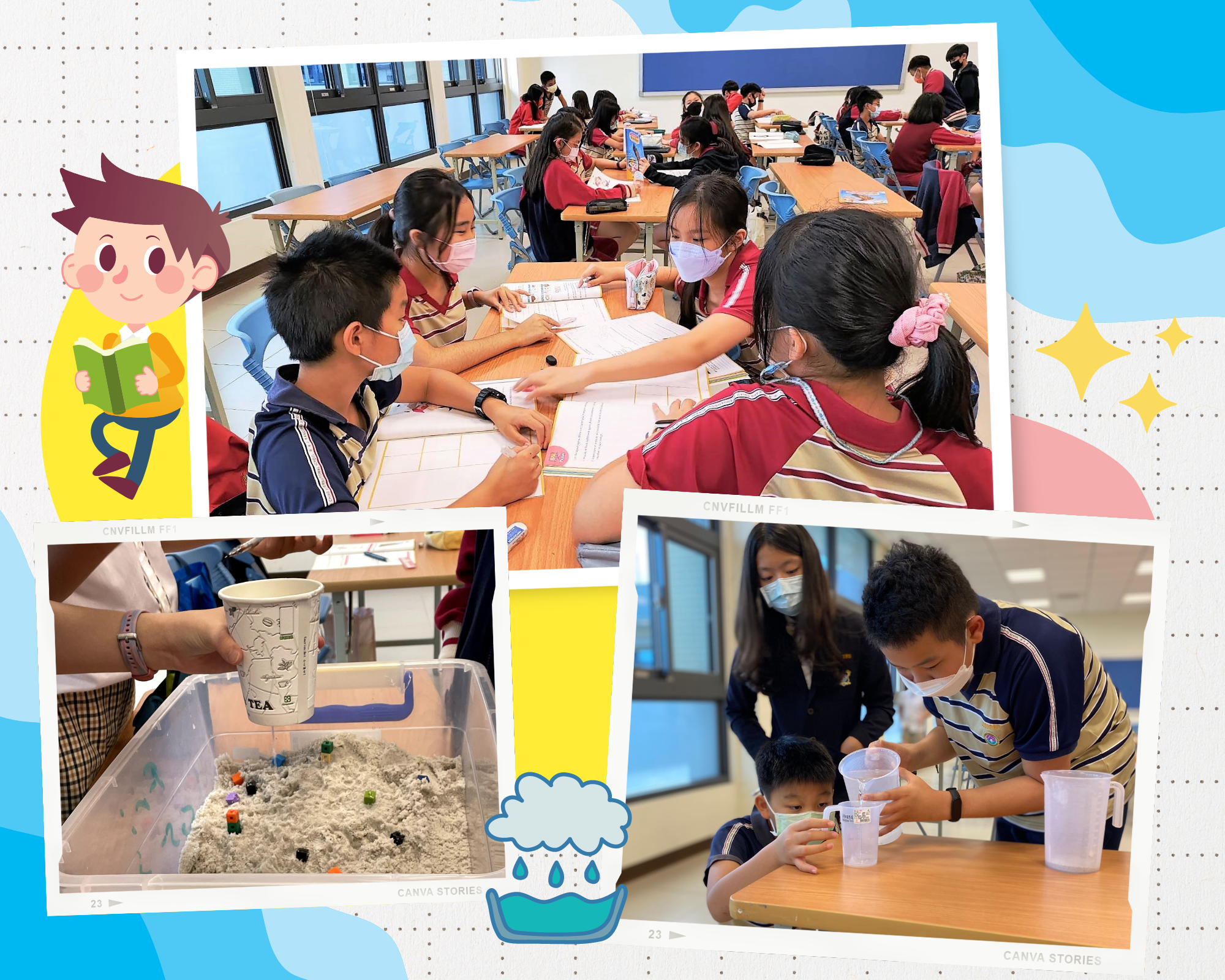
Having been posed a problem, and equipped with an understanding of what can be done about it, students were tasked with planning a means to reinforce a model river in a way that would reduce the runoff from erosion. During this part of the process, students also had an opportunity to look at erosion controls and reinforcements built around the campus, as well as research other forms of erosion control around Taiwan.
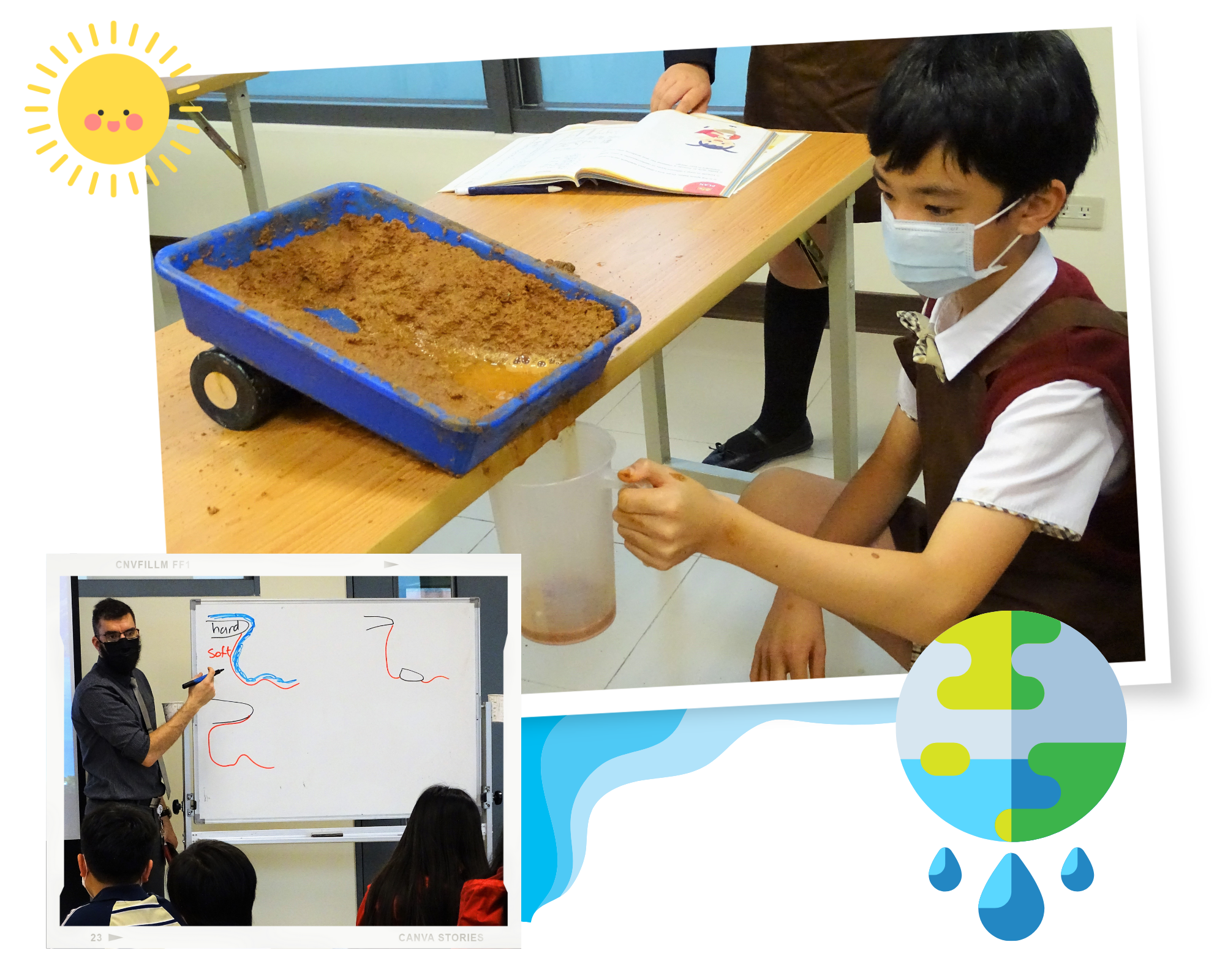
They then put their ideas into practice, and built their river in two phases. Firstly, they tested the river without any reinforcements. This gave each team a baseline to compare their efforts to. They then build their reinforcements into their model river and tested again. Classrooms were flooded, mud went everywhere, and many school uniforms came out worse for wear, but students got results that they could compare and share.
The next step was reflecting and improving designs, or in some cases, scrapping entire designs that didn’t work as expected. Either way, students learned a lot during the testing and subsequent improvement phase.
Finally, was time to put away all the tools, and share their ideas, process, and outcomes with their peers. Groups did presentations to their class focusing especially on how their reinforcements affected water flow and runoff. As the students had generally different approaches, it was also an opportunity for other groups to provide input on how things could have been done a different way.
